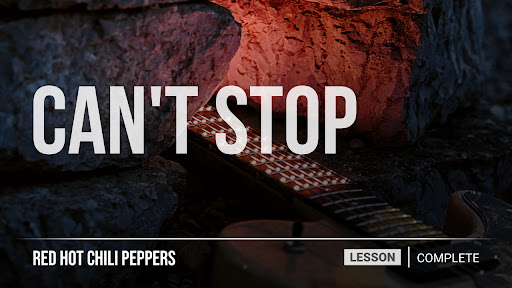Music videos can take a popular song into the stratosphere – whether they introduce a new dance craze, feature cameos from popular actors, or influence fashion trends for years to come.
Here are just a few of the most iconic music videos of all time:
“Thriller” – Michael Jackson
A short film directed by American Werewolf in London director John Landis, the 1983 video for Michael Jackson’s “Thriller” gave the world an enduring dance craze that still reawakens every Halloween season.
“Bohemian Rhapsody” – Queen
The music video for “Bohemian Rhapsody” is credited as being one of the first music videos (as we know them) ever. It was released in 1975, seven years before the inception of MTV, to promote the song on BBC’s Top of the Pops.
“Single Ladies” – Beyonce
The simple, yet cinematic black-and-white video for “Single Ladies” introduced a new dance to the world and won Beyonce three 2009 MTV Music Video Awards.
“November Rain” – Guns ‘n Roses
The music video for “November Rain” is based on a short story by writer Del James called “Without You”. The video is a nine-minute rock opera that stars the band and Axl Rose’s girlfriend at the time, model Stephanie Seymour. In 2018, it became the first video created before YouTube to surpass one billion views on the platform.
“Smells Like Teen Spirit” – Nirvana
The music video for 1991’s “Smells Like Teen Spirit” featured the band playing at a high school pep rally that ends in a riot. The music video, the first ever for director Samuel Bayer, was inspired by films like Over the Edge (1979) and the Ramones’ film “Rock ‘n’ Roll High School (1979). A former MTV executive said that the music video changed the entire look of MTV and gave them a new generation to sell to.
“Goodbye, Earl” – The Chicks
The video for “Goodbye, Earl”, The Chicks’ 2000 murder ballad, follows the song’s narrative of best friends Wanda and Mary Ann, who dispose of Wanda’s abusive husband Earl with some poisoned black-eyed peas. The end of the music video features a “Thriller” parody, with zombie Earl joining Mary Ann and Wanda, the band, and the rest of the town in a slightly unhinged dance sequence.
TLC – No Scrubs
In 1999, at the verge of the new millennium and Y2K craze, TLC helped usher in a sleek, futuristic aesthetic which would be echoed in the fashion, technology design, and other music videos of the next few years.
You Belong With Me – Taylor Swift
Taylor Swift played two opposing characters in the 2009 music video for “You Belong With Me” – a nerdy girl and a cheerleader. The video won “Best Female Video” at the 2009 MTV Music Video Awards, prompting the famous moment when Kanye West interrupted Taylor’s acceptance speech.
Fell in Love with a Girl – White Stripes
The video for “Fell In Love With a Girl” is made out of Legos – literally. The video was shot frame-by-frame as the bricks were rebuilt to give the illusion of motion. Since The White Stripes weren’t able to strike a deal with the Lego company, they had to buy all of the Legos themselves.
Take On Me – Aha
One-hit wonder Norwegian synth-pop band A-ha achieved huge success with their 1985 hit “Take On Me” – largely thanks to the song’s creative music video, which featured a live-action animation sequence. The video took six months to create and took home six awards at the 1986 MTV Video Music Awards.



















